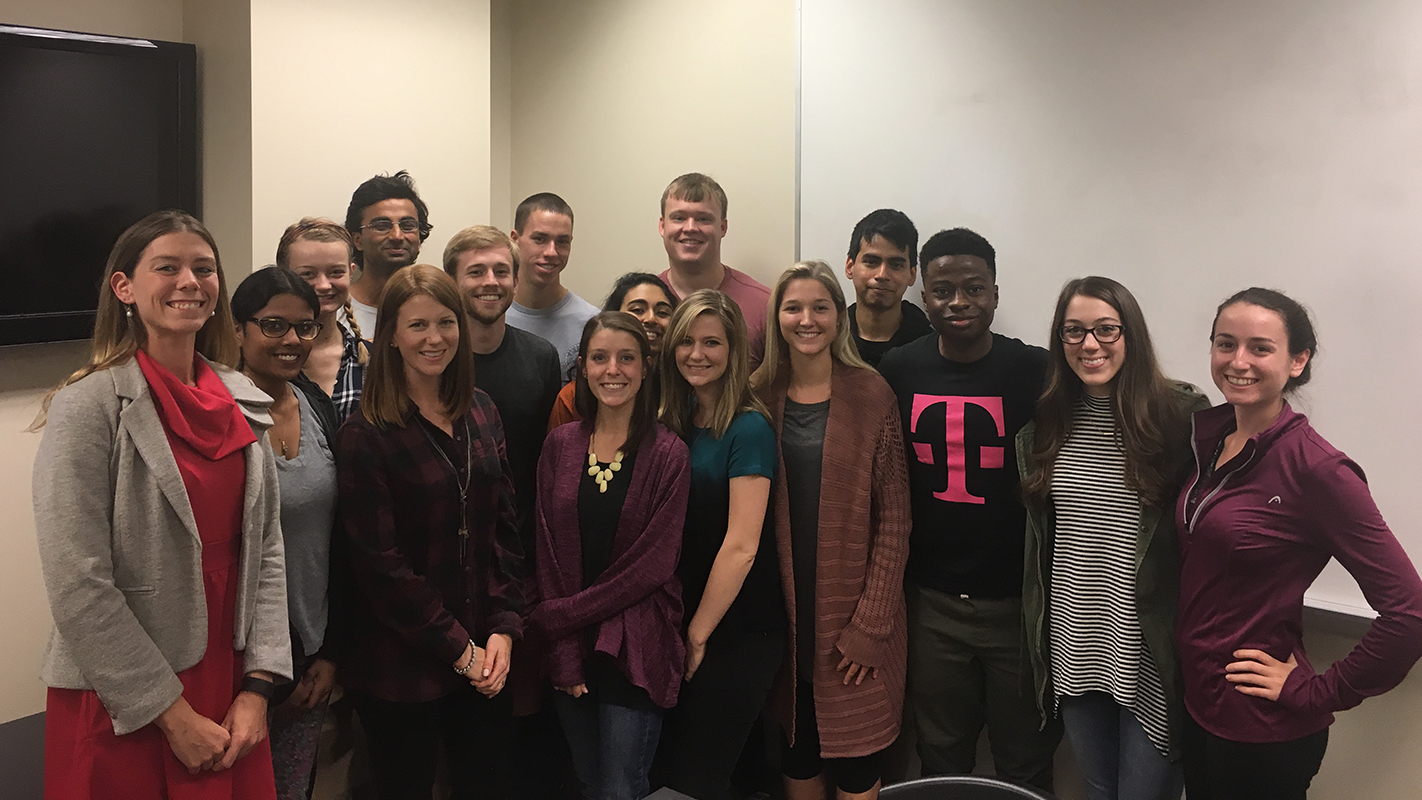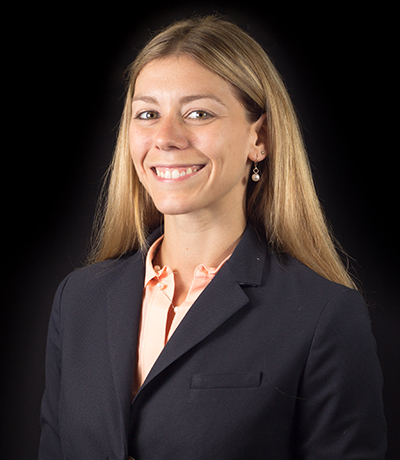This Is What Science Looks Like at NC State: Ashley Brown

Editor’s Note: This post was written by Ashley Brown, an assistant professor in the joint department of biomedical engineering at NC State and UNC Chapel Hill. The post is an entry in an ongoing series that we hope will highlight the diversity of researchers in science, technology, engineering and mathematics.
My name is Ashley Brown, and I am an assistant professor in the Joint Department of Biomedical Engineering at NC State and UNC-Chapel Hill. My research focuses on creating novel biomimetic soft materials for augmenting wound healing and for understanding biological processes involved in tissue repair.

“Biomimetic” refers to imitating, or mimicking, biological models, systems, and/or components. By using biomimetic approaches, researchers can create materials in the lab that replicate certain desired features of biological systems to solve engineering problems.
As an example, a current biomimetic approach in my group includes the development of platelet-like particles, which mimic certain features of natural platelets, including size, mechanical properties and binding to wound sites. Natural platelets are critical to cessation of bleeding following injury and promote subsequent wound healing. By mimicking features of natural platelets, we can create synthetic particles that have similar biological effects as natural platelets, such as helping to stop bleeding and promoting wound healing, without the potential negative side effects of transfusion of natural platelets, such as inducing a negative immune response.
We can also use biomimetic approaches to create two-dimensional and three-dimensional assemblies constructed from soft materials that mimic the mechanics and biological properties, such as protein composition, of natural tissues. We can then use these assemblies, which have carefully controlled material properties, to investigate cellular responses – such as cell adhesion and migration – that lead to proper wound repair, as opposed to scar tissue formation. By understanding the underlying cellular mechanisms that promote wound healing without scarring, we can subsequently design better materials that promote tissue repair.
I grew up in Greer, South Carolina, where I had the pleasure of having several wonderful science teachers in middle school and high school who instilled in me a love for physical and life sciences. So, when I was in 7th grade, I decided that I wanted to be an engineer. I attended Clemson University and received a B.S. in biosystems engineering. I subsequently attended Georgia Tech, where I received a PhD in bioengineering.
I was initially drawn to biomedical engineering because it allows me to apply my love of science and engineering to real world healthcare problems. Knowing that I am working on problems that could actually save someone’s life one day or greatly improve a patient’s standard of living is tremendously rewarding and continues to drive my passion for research.
I am passionate about science outreach, and I enjoy having opportunities to talk to middle and high school students about biomedical engineering. I also enjoy working with undergraduate and graduate students in the lab; it is fantastic to see students engaged in research and experiencing science and engineering first hand.
Outside of the lab, I enjoy spending time with my husband, Chris, who is an electrical engineer, and our two miniature dachshunds, Dobby and Gryffin. Chris and I met as undergraduates at Clemson, and we are huge college football fans. I also love adventure and traveling, and I enjoy staying active through running and Ashtanga yoga.
- Categories:


